Intellectual Property Rights
Foreword
Modal verbs terminology
1 Scope
2 References
2.1 Normative references
2.2 Informative references
3 Definition of terms, symbols and abbreviations
3.1 Terms
3.2 Symbols
3.3 Abbreviations
4 Overview
5 Multi-access Edge Computing framework
6 Reference architecture
6.1 Generic reference architecture
6.2 Reference architecture variant for MEC in NFV
6.2.1 Description
6.2.2 Architecture diagram
7 Functional elements and reference points
7.1 Functional elements
7.1.1 MEC host
7.1.2 MEC platform
7.1.3 MEC application
7.1.4 MEC system level management
7.1.4.1 Multi-access edge orchestrator
7.1.4.2 Operations Support System (OSS)
7.1.4.3 User application lifecycle management proxy
7.1.5 MEC host level management
7.1.5.1 MEC platform manager
7.1.5.2 Virtualization infrastructure manager
7.1.6 Device application
7.1.7 Customer facing service portal
7.1.8 Specific functional elements in the MEC in NFV architecture variant
7.1.8.1 Overview
7.1.8.2 MEC application orchestrator
7.1.8.3 MEC platform manager ΠNFV
7.1.8.4 NFVO
7.1.8.5 VNFM (MEC Platform LCM)
7.1.8.6 VNFM (MEC App LCM)
7.2 Reference points
7.2.1 Reference points related to the MEC platform
7.2.2 Reference points related to the MEC management
7.2.3 Reference points related to external entities
7.2.4 Reference points related to the MEC in NFV architecture variant
8 MEC services
8.1 General
8.2 Radio Network Information
8.3 Location
8.4 Bandwidth Manager
Annex A (informative): Key concepts
A.1 MEC host selection
A.2 DNS support
A.3 Application traffic filtering and routing
A.4 Support of application and UE mobility
A.4.1 Background: UE mobility
A.4.2 MEC application scenarios for UE mobility
A.4.2.1 MEC applications not sensitive to UE mobility
A.4.2.2 MEC applications sensitive to UE mobility
A.4.2.2.1 Maintaining connectivity between UE and MEC application instance
A.4.2.2.2 Application state relocation
A.4.2.2.3 Application instance relocation within the MEC system
A.4.2.2.4 Application instance relocation between the MEC system and an external cloud environment
A.5 Void
A.6 Data Plane
A.7 Inter-MEC system communication
History

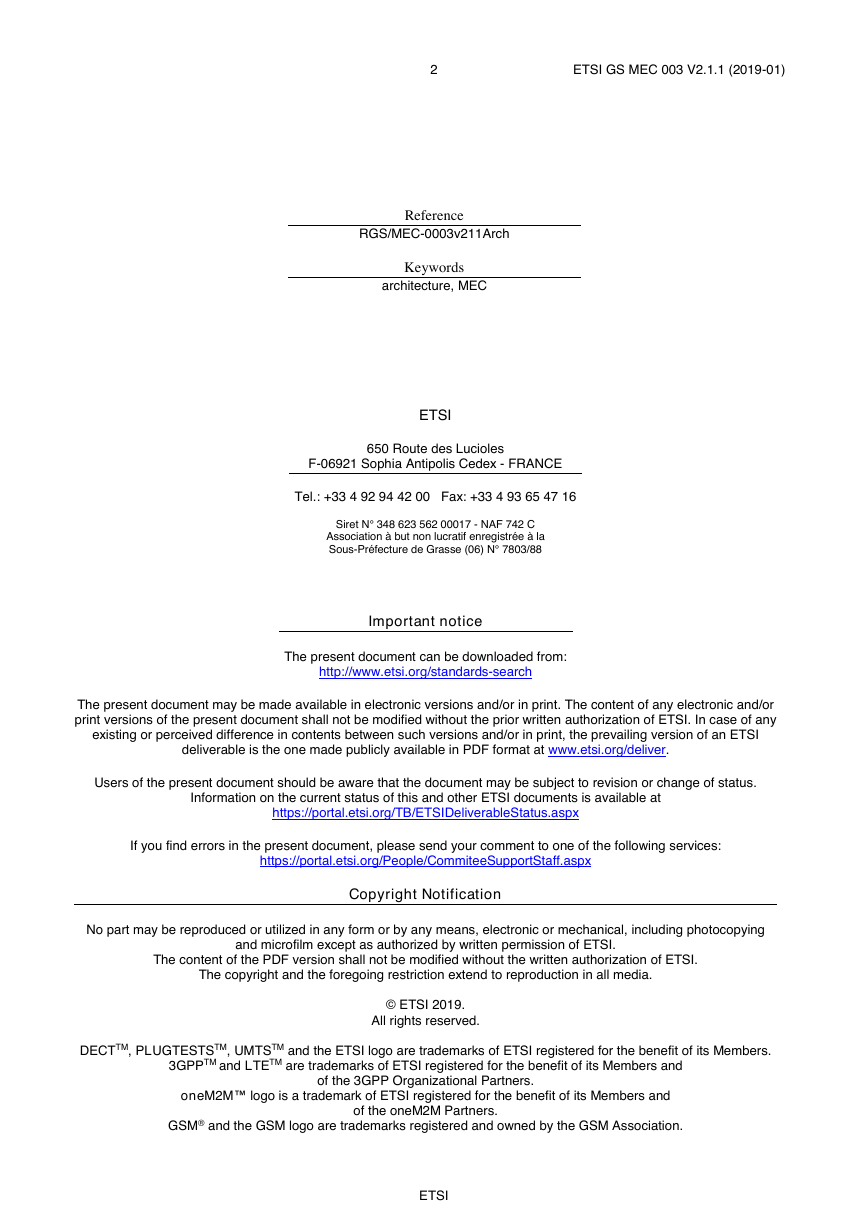
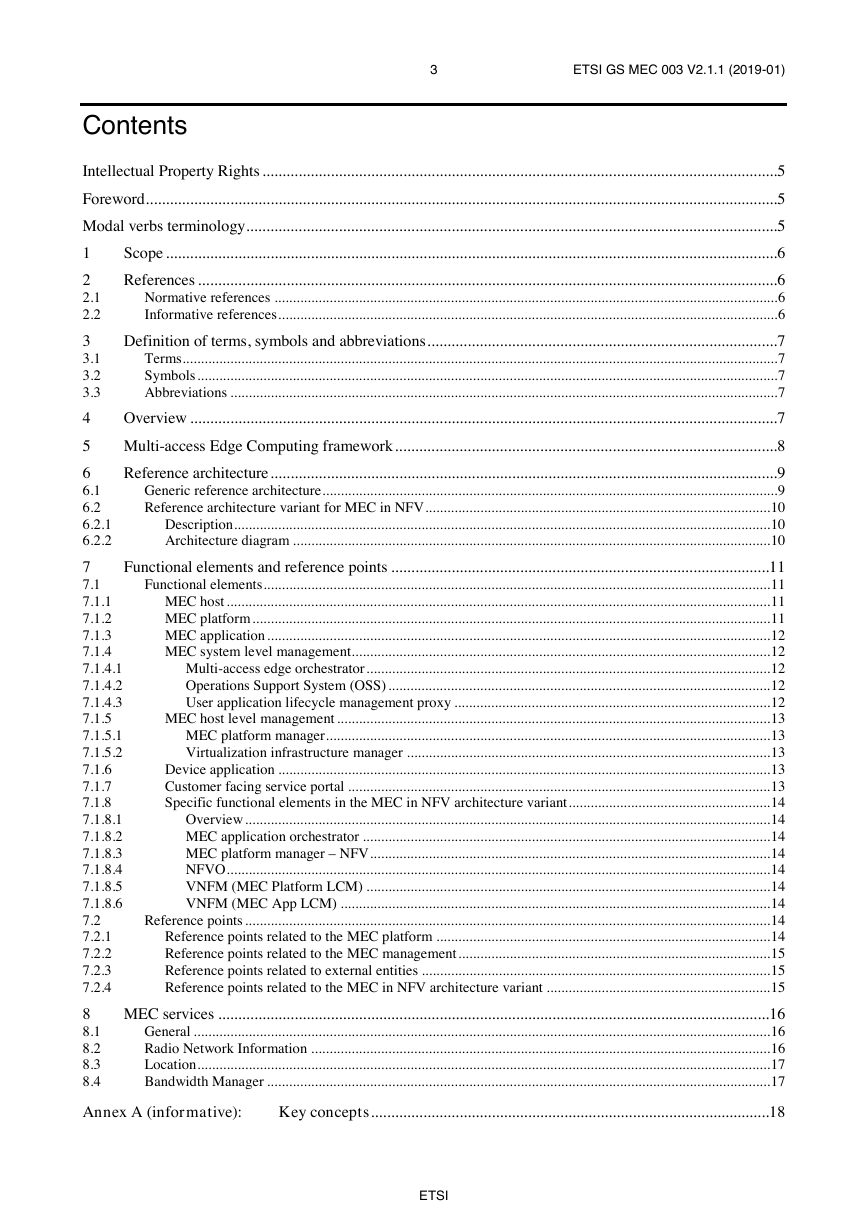
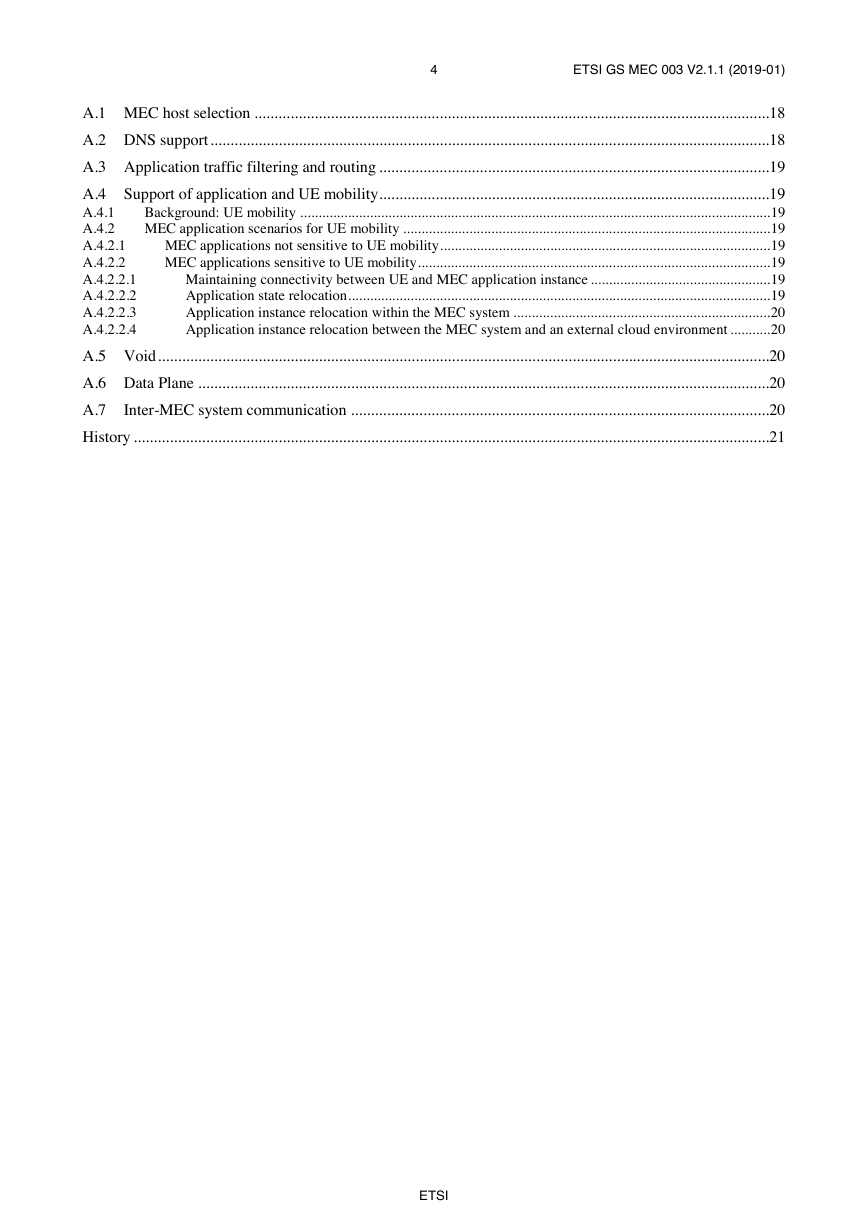
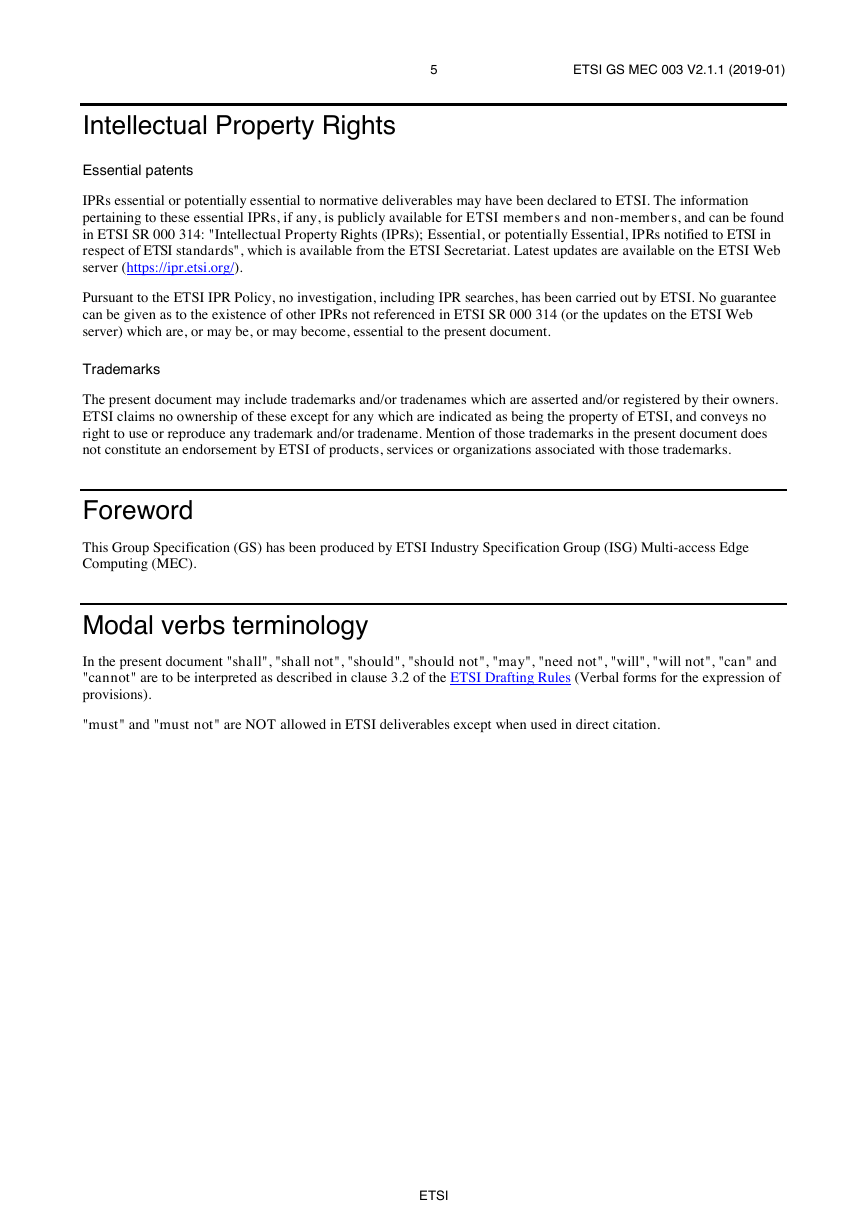
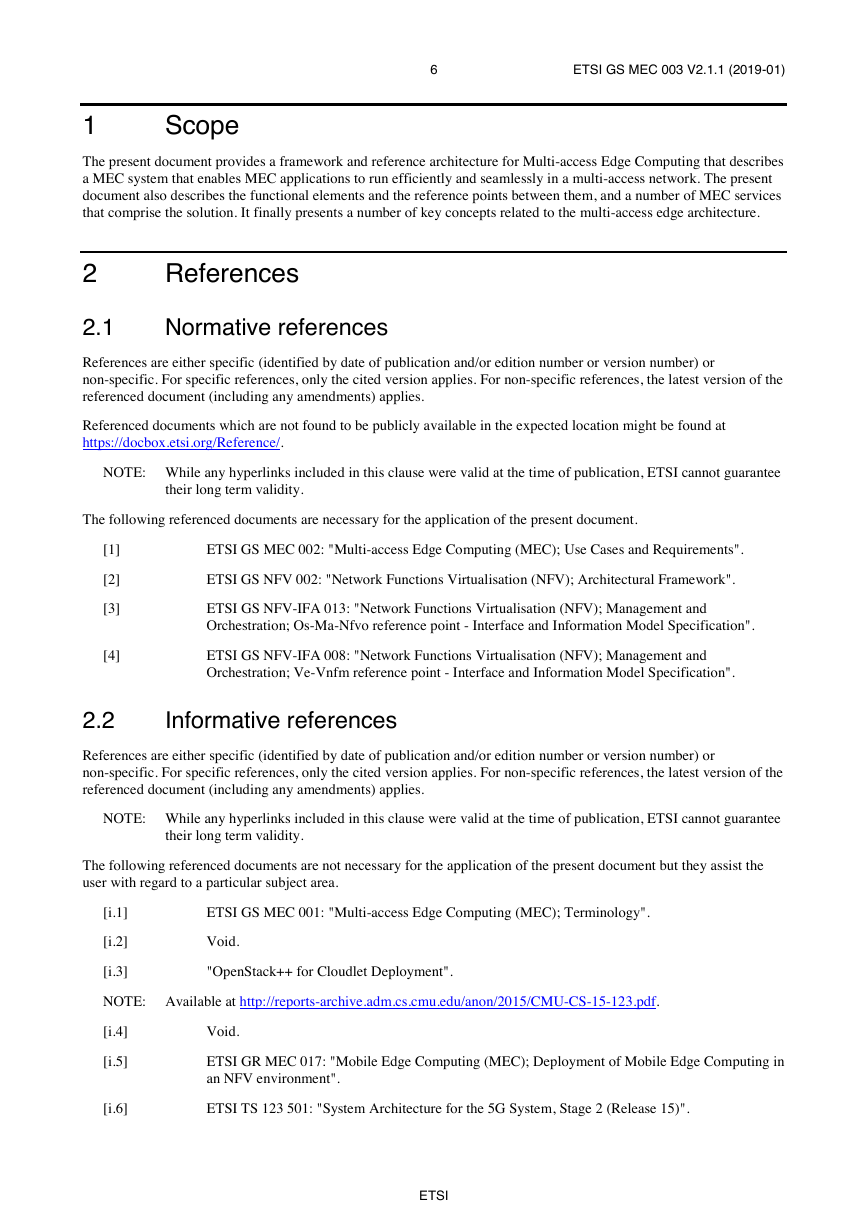
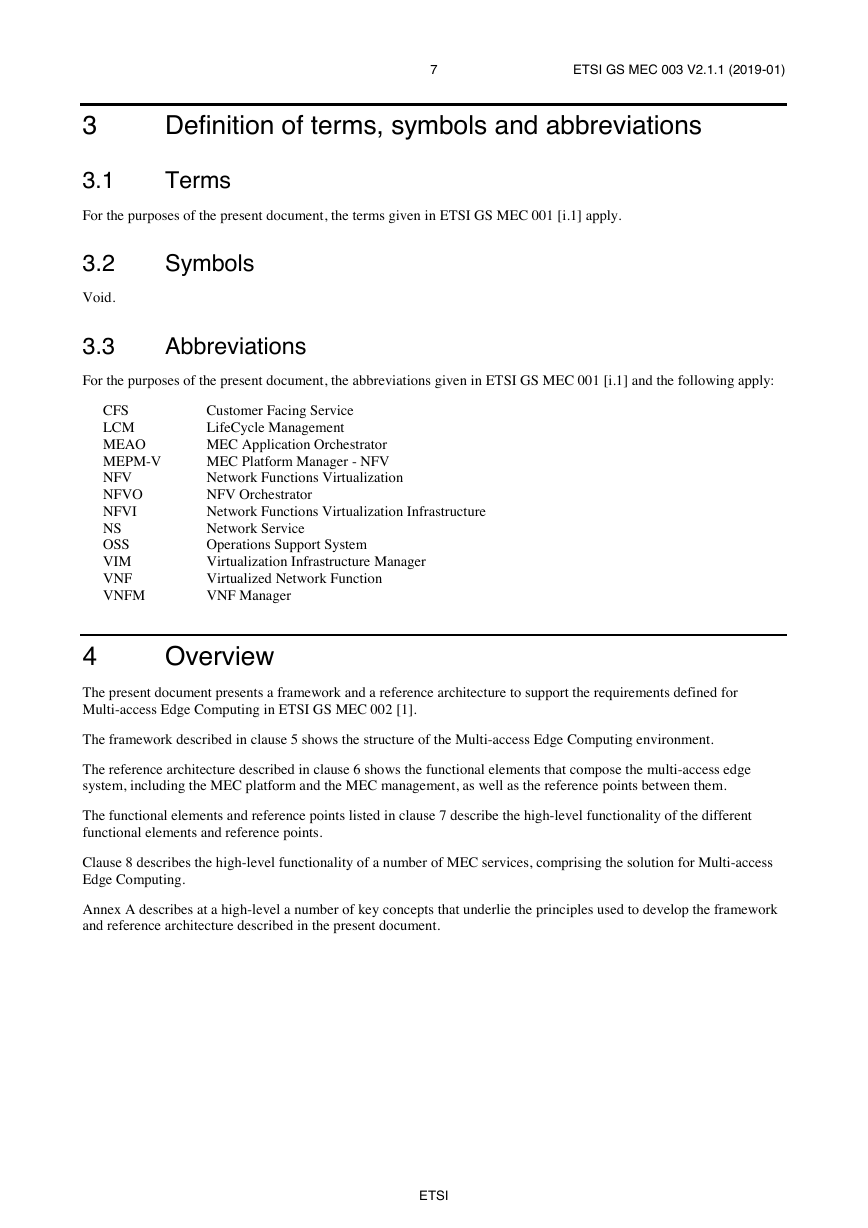









 2023年江西萍乡中考道德与法治真题及答案.doc
2023年江西萍乡中考道德与法治真题及答案.doc 2012年重庆南川中考生物真题及答案.doc
2012年重庆南川中考生物真题及答案.doc 2013年江西师范大学地理学综合及文艺理论基础考研真题.doc
2013年江西师范大学地理学综合及文艺理论基础考研真题.doc 2020年四川甘孜小升初语文真题及答案I卷.doc
2020年四川甘孜小升初语文真题及答案I卷.doc 2020年注册岩土工程师专业基础考试真题及答案.doc
2020年注册岩土工程师专业基础考试真题及答案.doc 2023-2024学年福建省厦门市九年级上学期数学月考试题及答案.doc
2023-2024学年福建省厦门市九年级上学期数学月考试题及答案.doc 2021-2022学年辽宁省沈阳市大东区九年级上学期语文期末试题及答案.doc
2021-2022学年辽宁省沈阳市大东区九年级上学期语文期末试题及答案.doc 2022-2023学年北京东城区初三第一学期物理期末试卷及答案.doc
2022-2023学年北京东城区初三第一学期物理期末试卷及答案.doc 2018上半年江西教师资格初中地理学科知识与教学能力真题及答案.doc
2018上半年江西教师资格初中地理学科知识与教学能力真题及答案.doc 2012年河北国家公务员申论考试真题及答案-省级.doc
2012年河北国家公务员申论考试真题及答案-省级.doc 2020-2021学年江苏省扬州市江都区邵樊片九年级上学期数学第一次质量检测试题及答案.doc
2020-2021学年江苏省扬州市江都区邵樊片九年级上学期数学第一次质量检测试题及答案.doc 2022下半年黑龙江教师资格证中学综合素质真题及答案.doc
2022下半年黑龙江教师资格证中学综合素质真题及答案.doc